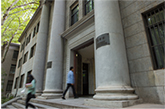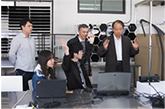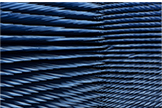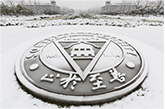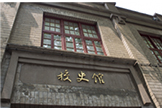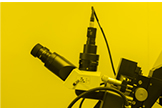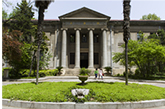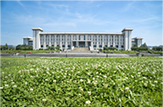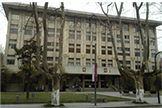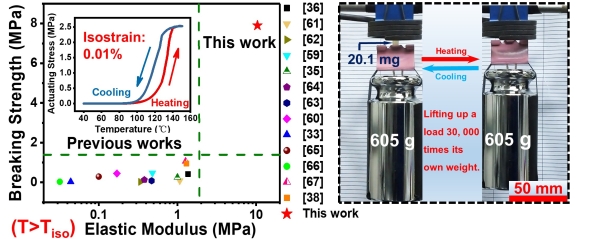
[Southeast University’s News Net, September 3] Recently, Prof. Yang Hong’s research team from the School of Chemistry and Chemical Engineering of Southeast University achieved significant progress in the research field of artificial muscle material. The scientific research team has developed a liquid crystal elastomer (LCE) material of polyurethane/polyacrylate interpenetrating network structure, highlighting superior mechanical properties and wide application prospects in the field of artificial muscle, etc.. This research achievement was recently published in the internationally top magazine “American Chemical Society”.
LCE is a typical two-way shape memory material, which is characterized by such technical advantages as large deformation and reversible deformation, etc.. It has a good application prospect in the fields of bionic devices and soft robots. However, upon the long development of 40 years, the research on LCE still remained in the laboratory and has not yet been industrialized. The key scientific problem limiting its application lies in the fact that the stress generated by the liquid crystal elastomer during deformation is too small to meet the mechanical performance requirements of the actual application scenario. Prof. Yang Hong’s research team studied from a different approach by preparing a kind of LCE material of polyurethane/polyacrylate interpenetrating network structure through mixing and then resynchronizing the cross-linking of small molecular precursor components of polyurethane LCE and polyacrylate liquid crystalline thermosets. In this way, this LCE material features the shrinkage strain, the stress and the elastic modulus of 46%, 2.53 MPa and 10.4 MPa respectively, which can fully meet the mechanical properties of LCE-based artificial muscle for the first time.
The academic achievement paper was published in the Journal of “American Chemical Society”, and the first author is Lu Haifeng, a doctoral student of our school.
Submitted by: the School of Chemistry and Chemical Engineering
(Editor-in-charge: Hu Qiang, reviewed by: Song Xiaoyan)


